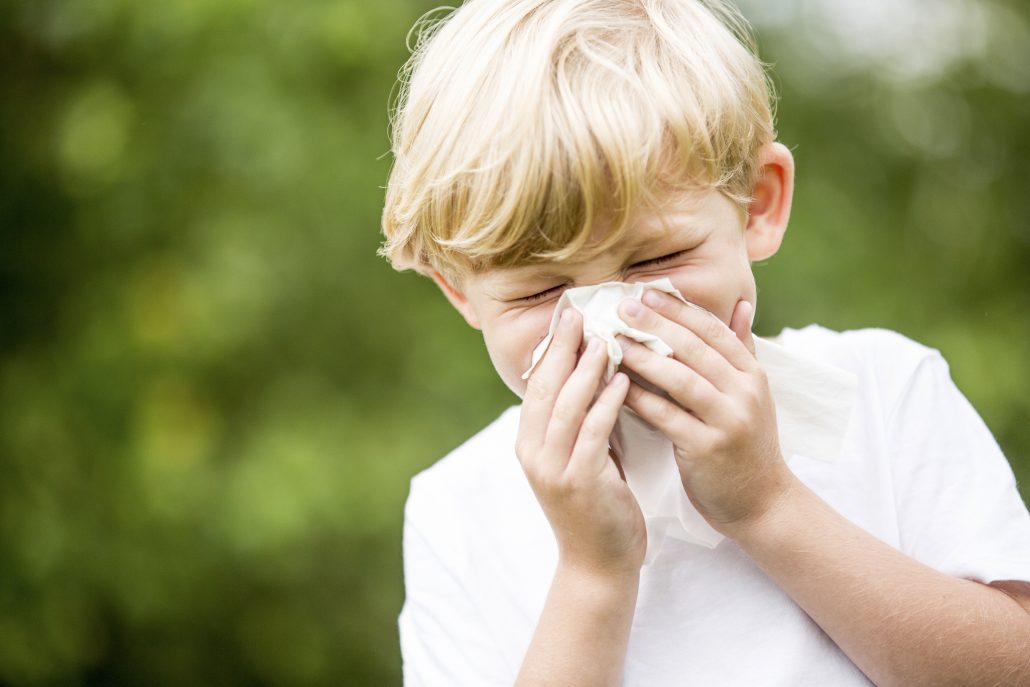


If you are suffering from allergies, do not feel lonely. Many individuals experience uncomfortable symptoms triggered by daily exposure to allergens like cat dander, dust mites, and pollen. Other people experience seasonal allergies, whereas some experience symptoms throughout the year. Although over-the-counter allergy medications are available, many individuals may require to see an allergy doctor in Los Angeles. Treatment for serious allergies might include allergy shots and prescription medications. If you qualify for Medicare, you might be questioning what care your insurance might cover and how much you should pay from your pocket. Let’s explore how much allergy shots might cost and how they can benefit you with Medicare.
If you are experiencing acute allergy, immunotherapy injections might be a great treatment choice. However, multiple visits to the office and the cost may make it hard to continue treatment in the long-term. Medicare has not developed guidelines for covering allergy shots. This means that Medicare plans make coverage decisions on a case-by-case basis. The ENT doctor in Los Angeles should prove that reaction shots are therapeutically necessary since your symptoms are critical, and other treatment alternatives have not helped.
Part B refers to a health cover for outpatient packages. It can cover about 80% of the costs for testing if you meet the eligibility requirements. You will also pay monthly installments, discounts, and out-of-pocket expenses.
Shots are administered in your physician’s office, and you might receive a separate dose with every visit. Consult with your GP’s office and Medicare before your appointment to see out-of-pocket costs.
Medicare Advantage covers may also insure allergy shots; however, the amount varies with the plan. Part C should cover at least what Part B covers. You may check with the plan provider to find out the coverage and costs for shots. Medicare Part C plans generally give more benefits than the original Medicare plans (part A and part B). These additional services regularly include dental, vision, and other daily life benefits. Subscriptions, discounts, and premiums may vary depending on the coverage choices and the location.
Medicare Part D can help in the coverage of the costs of medications your allergist prescribes to treat your allergies. In case you have the original Medicare program, you can join a separate PDP (Prescription Drug Plan).
The cost of allergy shots may vary depending on the coverage plan and incidental costs. It will also depend on if you meet the eligibility requirement of Medicare. When beginning treatment, you will generally receive two shots every week over six months. Your costs have two parts:
Without insurance, shots can cost between $1,000 and $4,000 every year or more when treatment begins. At the maintenance phase, you will receive one or two shots per month for around 3-5 years to lower the costs at that time.
In case your physician says allergy shots are therapeutically required, and Medicare agrees to cover them, Part B pays 80% of the total cost. You pay the remaining 20% from your pocket, plus any additional co-payments. This might mean paying a maximum of $1,000 a year in the first phase but dramatically lower expenses in the maintenance stage. With Medicare Part B, it is vital to visit caregivers who take part in Medicare and accept the appointment to avoid high costs.
Medicare Advantage plans can also cover shots; however, cost and coverage may rely on the plan and consist of coinsurance and copays. Since prices may vary, check your plan beforehand to determine the exact figure you will have to pay for immunotherapy. Part C plan may contain in-network providers; hence, make sure you know which providers are involved in allergy testing. This is chiefly important if you stay in a region with inadequate access to allergists and immunologists for tests and injections.
Because you require shots multiple times throughout the year, an additional plan with Medigap can minimize some out-of-pocket expenses. There exist ten different Medigap plans. You can explore the plans accessible in your area and choose one based on your budget and needs.
Allergy immunotherapy injections help make your body’s sensitivity to allergens minimal by introducing them in trivial doses. Allergy shots do not work instantaneously or for all kinds of allergies. Most individuals need to get shots for some years to realize long-term benefits. It can help in improving severe indicators of these major forms of allergens.
The initial step in learning more regarding your allergy is to go for testing. Part B plan covers a small selection of allergy tests. The doctor will need to indicate severe symptoms that cannot be controlled with other drug treatments.
Medicare covers allergy skin tests for:
It is important to note that allergy shots may take years to function, and you should visit your doctor’s office for every injection. If you break the injection cycle, you may need to repeat the process, depending on the duration you took the shots. Common reactions can include the following.
Some individuals may experience a severe reaction, referred to as anaphylaxis, which may be fatal if not treated immediately. That is why you receive an it in the physician’s office, where they will watch you for a minimum of 30 minutes to ensure you do not have a serious reaction.
Immunotherapy can assist in the long-term treatment of some serious chronic allergies. However, allergies have no cure, and allergy shots do not function for all allergies. Talk over your concerns with your specialist to find the best and medically necessary test. Once you get diagnosed with an allergy, medications will be tailored to your needs.